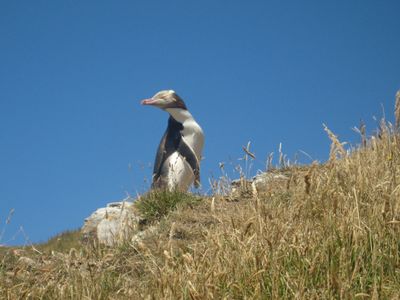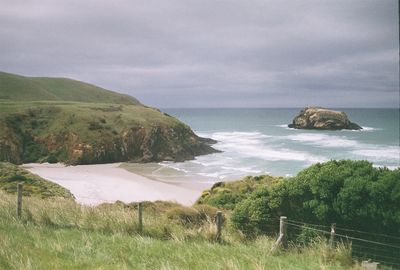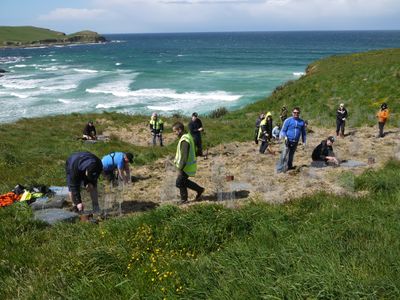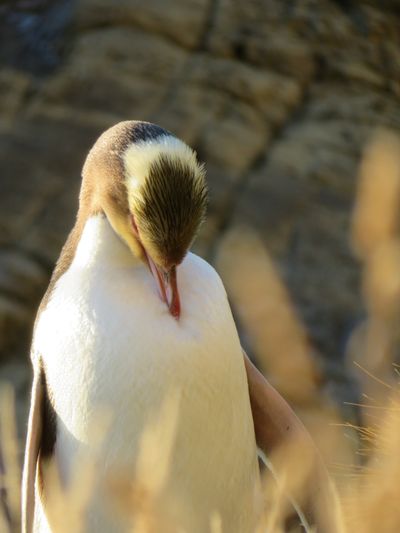Our call to action
How to help
The yellow-eyed penguin is a rare and uniquely New Zealand penguin species, known for its solitary nature and dependence on both land and sea habitats. Distinguished by its yellow eyes and a shrill call that inspired its Māori name, this "big diver from the southern lands" faces challenges, making its conservation a vital concern.
Make a difference
How you can help
There are many ways in which you can help us, help hoiho. If you have any questions, please don’t hesitate to contact us.








